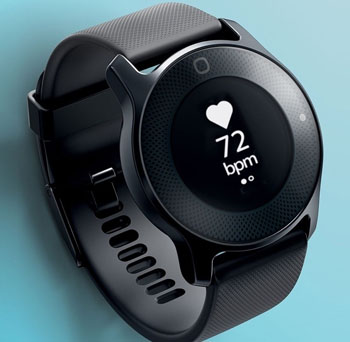Healthcare patient monitoring wearables can help reduce readmission risks and better prevent the occurrence of serious medical traumas, alleviating growing performance pressures on healthcare services. According to ABI Research, the patient monitoring wearable market — which includes remote and on-site devices — will grow from 8 million shipments in 2016 to 33 million in 2021. Device types are diverse and include the likes of blood pressure monitors, continuous glucose monitors, pulse oximeters, as well as newer devices like Fatigue Science’s fatigue monitoring wearable.
“While previously professional-grade patient monitoring largely limited itself to a doctor’s rounds, new wearables allow medical professionals to remotely and continuously monitor patients in the hospital and beyond,” Stephanie Lawrence, Research Analyst at ABI Research, said in a statement. “The devices send real-time alerts regarding any condition deteriorations or fluctuations, in effect reducing response times to potentially life-threatening changes and saving the healthcare system resources in the long term.”
While on-site professional healthcare monitoring wearables allow medical professionals to work with a larger base of patients inside the hospital, remote patient monitoring wearables provide healthcare professionals with continued access to their patients’ health beyond the hospital. As such, doctors can now, like with on-site treatment, monitor their patients’ conditions and better diagnose any treatment adjustments that may be necessary on the path to recovery.
Right now — ABI Research says — A&D Medical, Medtronic, Nonin Medical, and Philips Healthcare lead the market, with startups like Fatigue Science, Health Care Originals, and Qardio beginning to challenge the incumbents and diversify the competitive landscape in offering solutions to treat specific medical conditions.
“Remote patient monitoring devices will see strong growth of nearly 35% by 2021, and will take up a 60% share of the patient monitoring market as healthcare professionals embrace the benefits that come with the ability to remotely and continuously monitor patients’ vitals,” Lawrence added.


